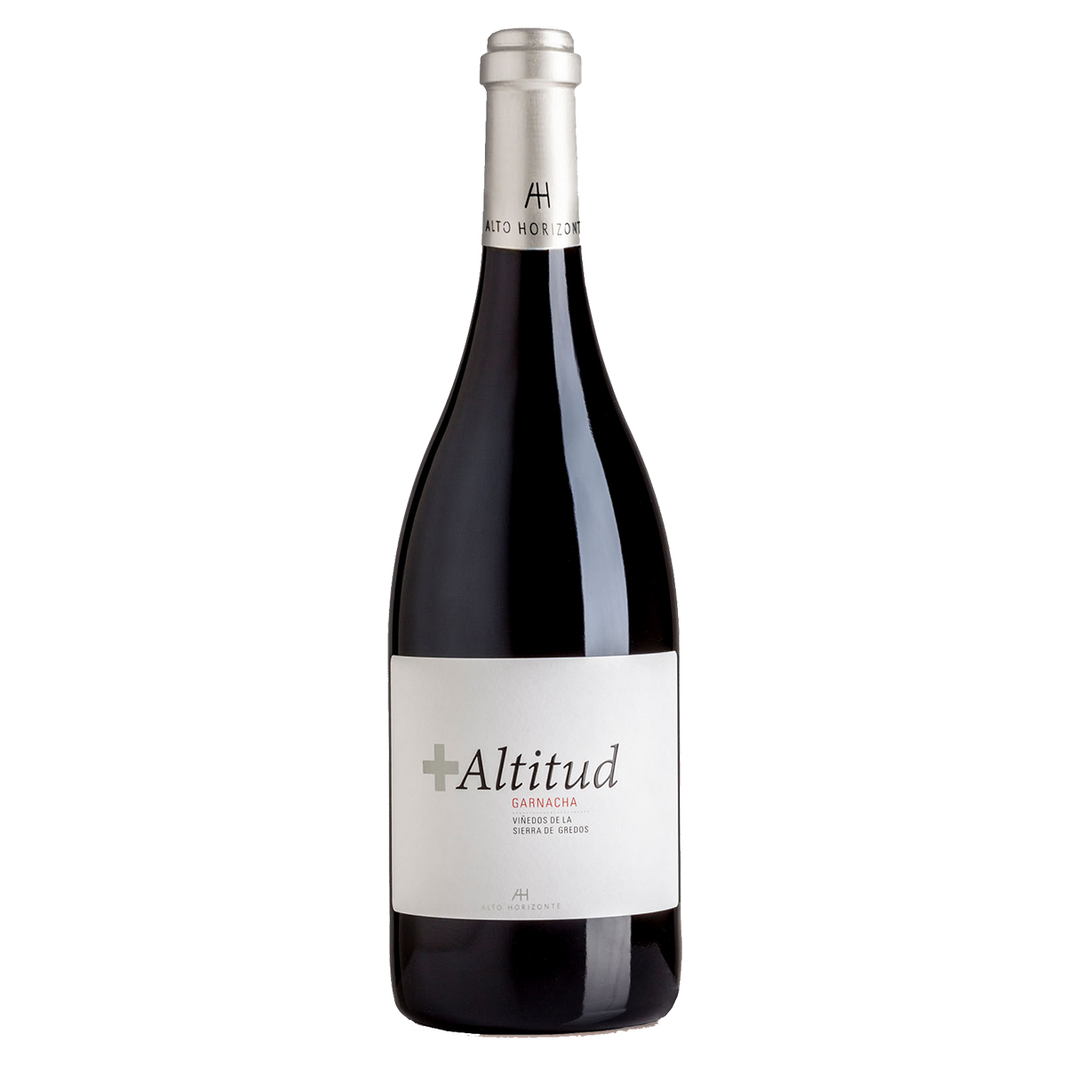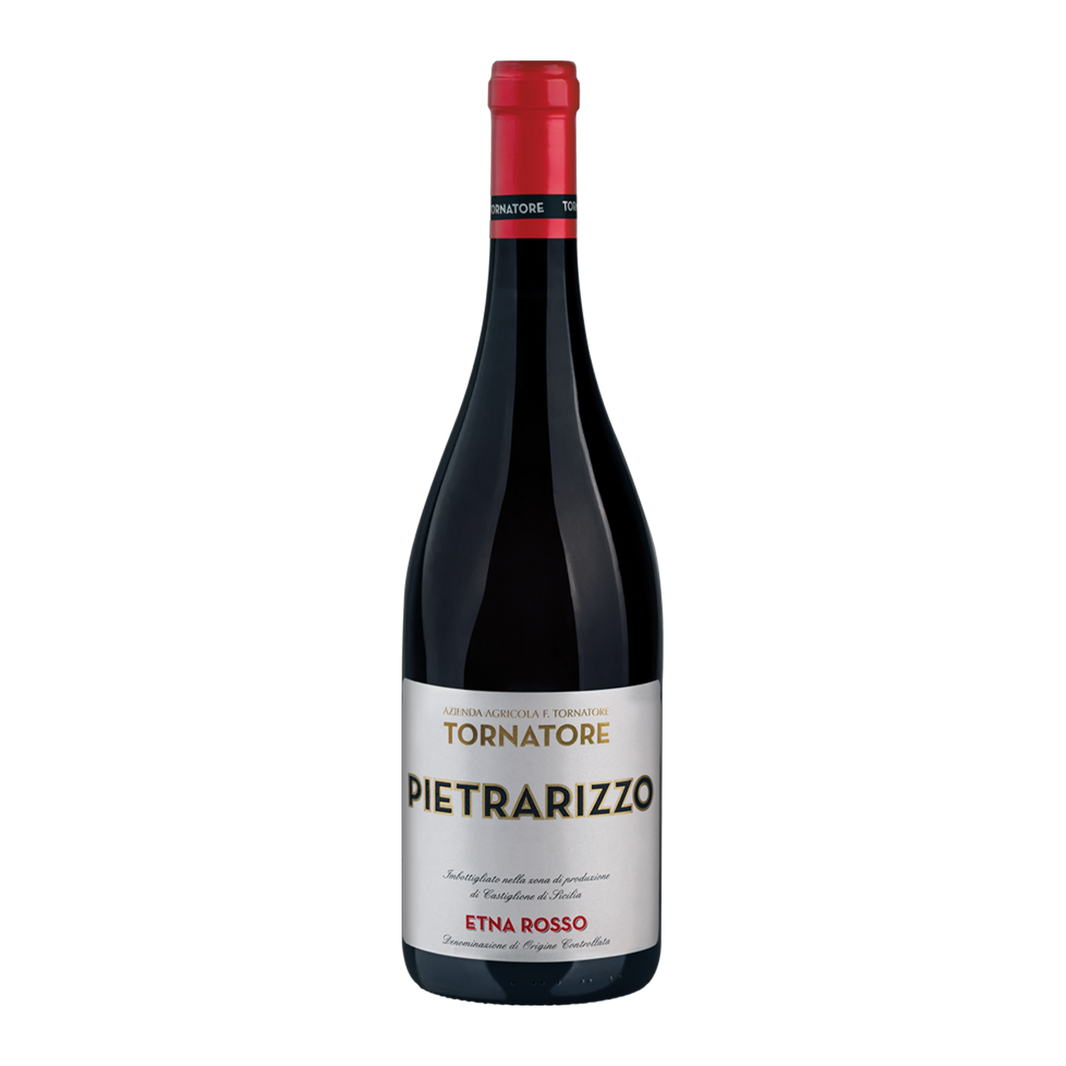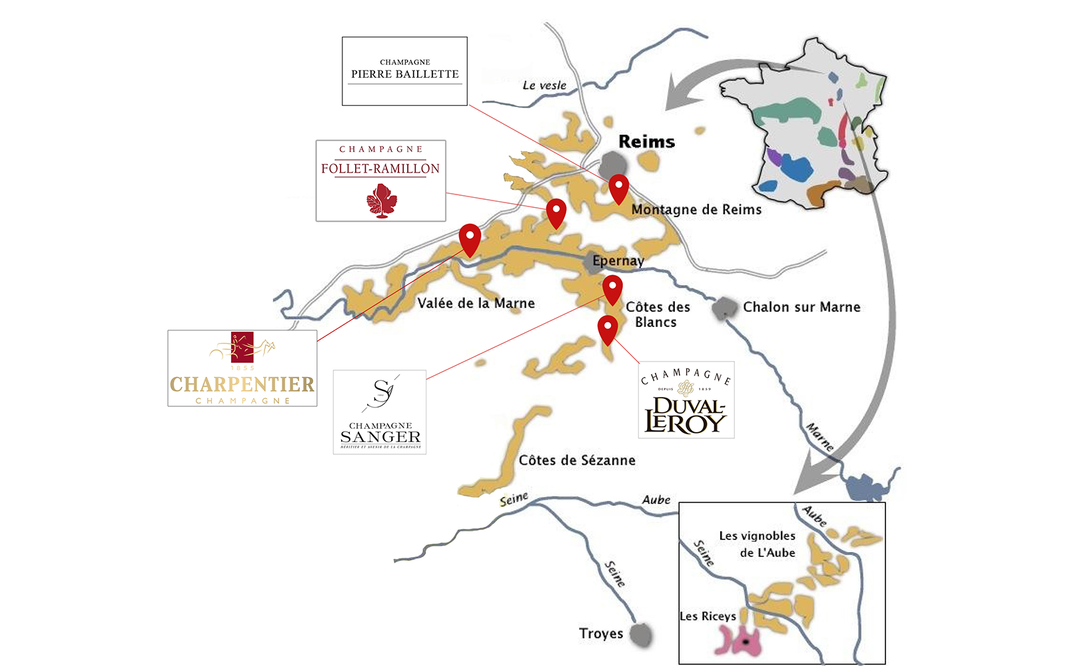Faugères is a Controlled Designation of Origin (AOC) in France's Languedoc-Roussillon region, named after the town of Faugères, located 30 km north of Béziers, at the foot of the Massif-Centrale in the Hérault department. It is a further subdivided AOC within the Coteau du Languedoc AOC.
History of Fougeres
Faugères began to prosper as a wine-producing region around the time of the French Revolution, in the early 19th century. Local wine was primarily used to make eaux-de-vie, using the Charentes distillation method, which was previously unknown in the Languedoc region. This manufacturing method was called ``Foufines,'' and this eau de vie was named ``Fine Faugères.''
In 1982, Fougeres red and rosé wines were promoted from AOVDQS to AOC. Eau de Vie production resumed in 2000 after being suspended in the 1980s, and white wine was also elevated to AOC status in 2005.
Fougeres terroir
The appellation covers an area of 1,800 hectares and consists mainly of primitive soils of schist. Most of the fields face south and are on steep slopes. Some hills in the northern part of the appellation reach an altitude of more than 500 m, higher than the surrounding areas. The Director of Agriculture, in collaboration with SAFER (French regional association for the development of land and rural facilities), is experimenting with setting up vineyards along contour lines to reduce the effects of erosion.
The soils of Fougeres are mainly composed of schist. The schist is a metamorphic rock, the result of excessive pressure on clayey sediments during the Paleozoic era, forming the Central Massif to the north. Schist is characterized by its ability to retain large amounts of water (up to one-third of its volume) and its ability to store heat, absorbing heat during the day and releasing it at night.
Faugères winemakers often say that the grapes ripen overnight. The commune of Cabrelor is geologically unusual. This meteorite crater was created 10,000 years ago when a borite meteorite about 20 meters wide collided with it. The crater has been planted with Syrah trees (in two stages, 1984 and 1992), and Domaine du Méteor produces wine.
This terroir has a mountain-influenced Mediterranean climate, characterized by mild winters, hot, dry summers, and little rain, mainly in winter. There are two types of wind: tramontane, which is a dry, cold wind that blows away clouds, and marin, which is a humid wind that attracts clouds.
Fougeres wine
The main grape varieties are Carignan, Cinsault, Grenache, Mourvedre, and Syrah. White grapes are Roussanne, Grenache Blanc, Marsanne, and Vermentino. 80% of production is for red wine.
The vines are planted against the slope to maximize sunlight from the south. After the storms of the 1960s, Faugères' winemakers replanted many of their vines along the contours of the landscape. It is now adapted to the natural slope of the schist hills. As a result, the impact of heavy autumn rains on erosion is much lower than on other Languedoc vineyards. Similar projects are also being considered in the Saint-Chinian and Coteau-du-Languedoc areas.
There are two cooperatives and 44 independent producers. A particularly famous producer is Leon Barral, which is famous for its elegant wines.
Overall, Faugères wines are mellow, characterized by ripe fruit flavors and soft tannins.
Producers handled
Domaine Montrose is the result of a Kost family business. For over 300 years, we have continued to pursue winemaking know-how and work with love to ensure it is passed on to future generations.
Brigitte Chevalier came to Faugères to make wine in her own style. In a short period of time, her 11 hectare domaine (organic) has established itself as a leader among the famous producers of southern France.









